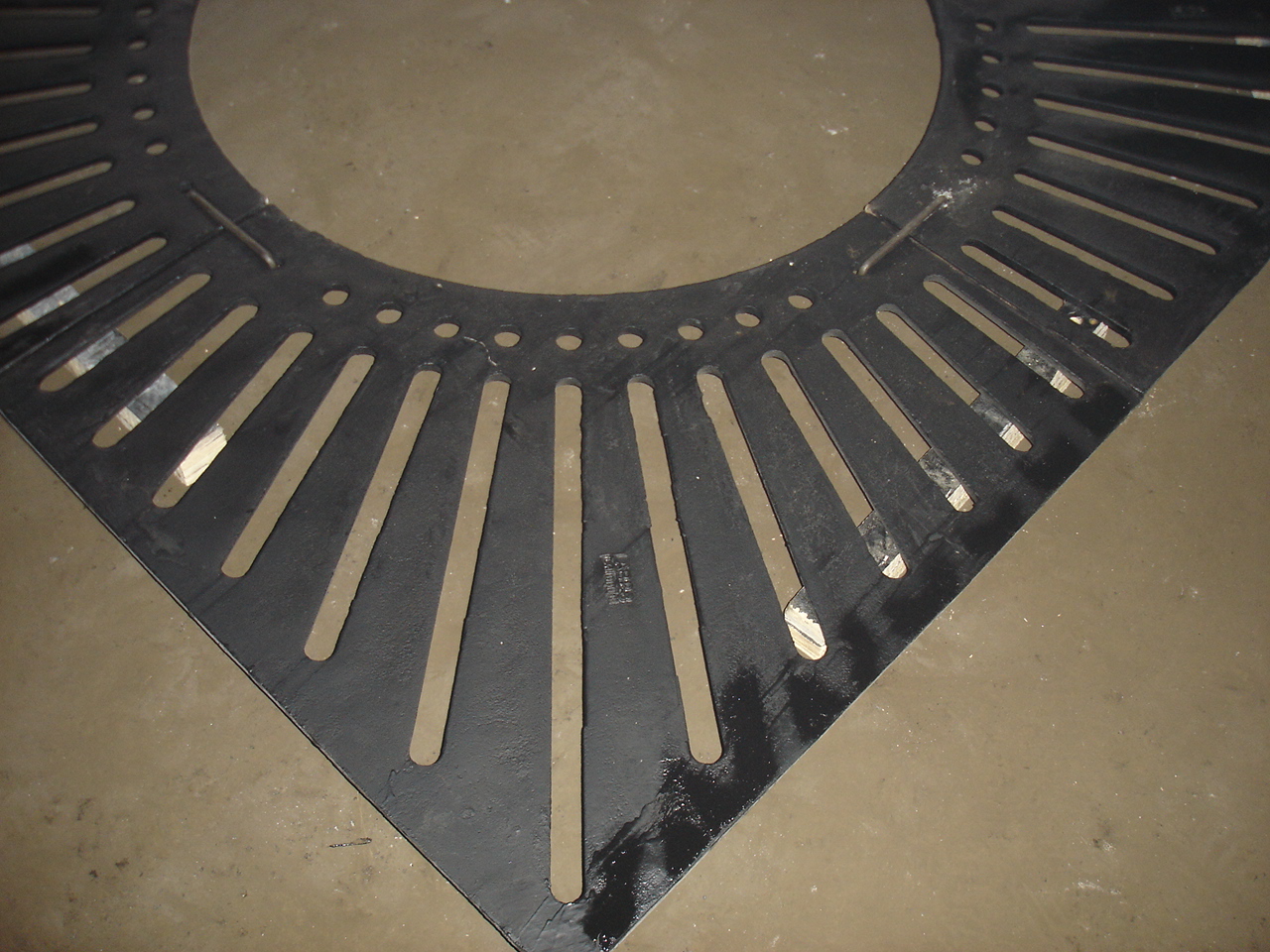Design and Application of Concentric Flanges in Mechanical Engineering Systems
Understanding Concentric Flanges Design, Applications, and Benefits
In the realm of mechanical engineering and piping systems, flanges play a pivotal role in connecting various components. Among these, concentric flanges are widely recognized for their design effectiveness and versatility. This article explores the concept of concentric flanges, their applications, and the benefits they offer.
What are Concentric Flanges?
Concentric flanges are circular components with a central hole that allows for the alignment of pipes or fittings in a precise manner. Unlike eccentric flanges, which have a non-uniform design that could lead to misalignment, concentric flanges are designed to ensure that the bore of each flange is centered. This design feature is crucial for applications that require a high degree of precision and integrity in the connection.
The concentric design allows for even distribution of pressure across the flange, minimizing the risk of leaks and failures. Furthermore, this alignment helps reduce stress on the piping system, contributing to enhanced durability and longevity.
Applications of Concentric Flanges
Concentric flanges are commonly used in various industries, including oil and gas, water treatment, power generation, and chemical processing. Their main applications include
1. Pipe Connections Concentric flanges are used extensively to join pipes, ensuring that the flow of liquids or gases remains uninterrupted and effectively contained.
2. Equipment Mounting In many industrial setups, equipment such as pumps, valves, and compressors are connected to pipelines using concentric flanges, providing stability and facilitating maintenance.
3. Vessel Connections These flanges are also integral in connecting vessels and tanks, where precise alignment is essential for safe operations.
concentric flange

Benefits of Using Concentric Flanges
The adoption of concentric flanges in various systems provides numerous advantages
1. Improved Alignment The primary benefit of concentric flanges is their ability to maintain a precise alignment between connected components. This is vital in systems where even minor misalignment can lead to significant operational issues.
2. Enhanced Safety Leakage in piping systems can lead to catastrophic failures and safety hazards. The design of concentric flanges minimizes these risks, making them a safer choice in critical applications.
3. Durability Concentric flanges are typically manufactured from robust materials that can withstand high pressure and temperature. This durability contributes significantly to the overall longevity of the piping system.
4. Ease of Installation The design of concentric flanges allows for simpler installation and replacement processes. This can lead to reduced labor costs and minimized downtime in industrial operations.
5. Versatile Applications Due to their design and robust performance, concentric flanges are suitable for a wide range of applications across various industries, enhancing their utility in diverse settings.
Conclusion
In conclusion, concentric flanges are an essential component in modern piping systems, offering precise alignment, enhanced safety, and robust performance. Their applications span multiple industries, underscoring their versatility and importance in maintaining the efficiency and integrity of fluid transport systems. As industries continue to evolve and demand higher standards of performance and safety, the role of concentric flanges will undoubtedly remain significant in future designs. Understanding their value and functionality is crucial for engineers and designers alike, ensuring optimal system performance and reliability.
-
Square Sewer Cover Enhances Urban SafetyNewsAug.01,2025
-
Pipe Fitting Requires Precise AlignmentNewsAug.01,2025
-
Manhole Step Is DurableNewsAug.01,2025
-
Manhole Cover Is Found WorldwideNewsAug.01,2025
-
Hole Cover Frame On RoadsNewsAug.01,2025
-
Gully Grate Improves Road SafetyNewsAug.01,2025
-
Man Hole Cover Round Load CapacityNewsJul.31,2025
